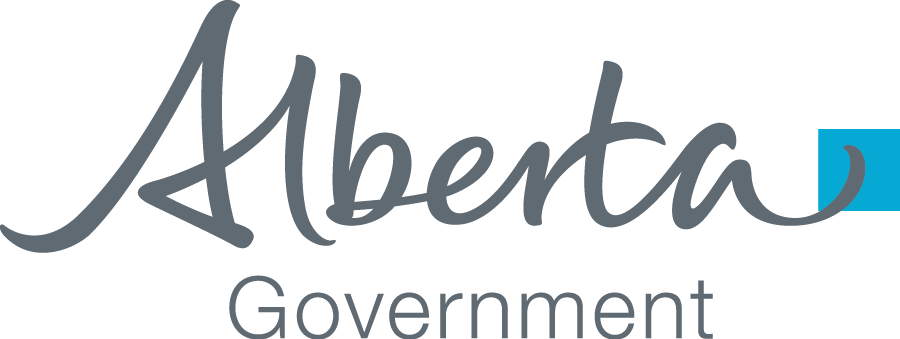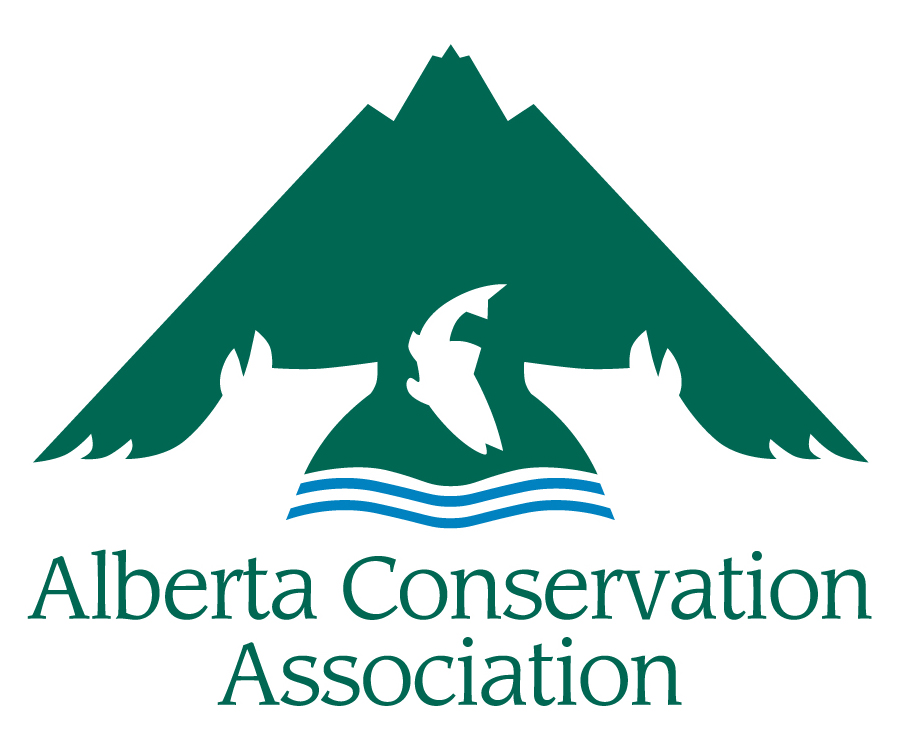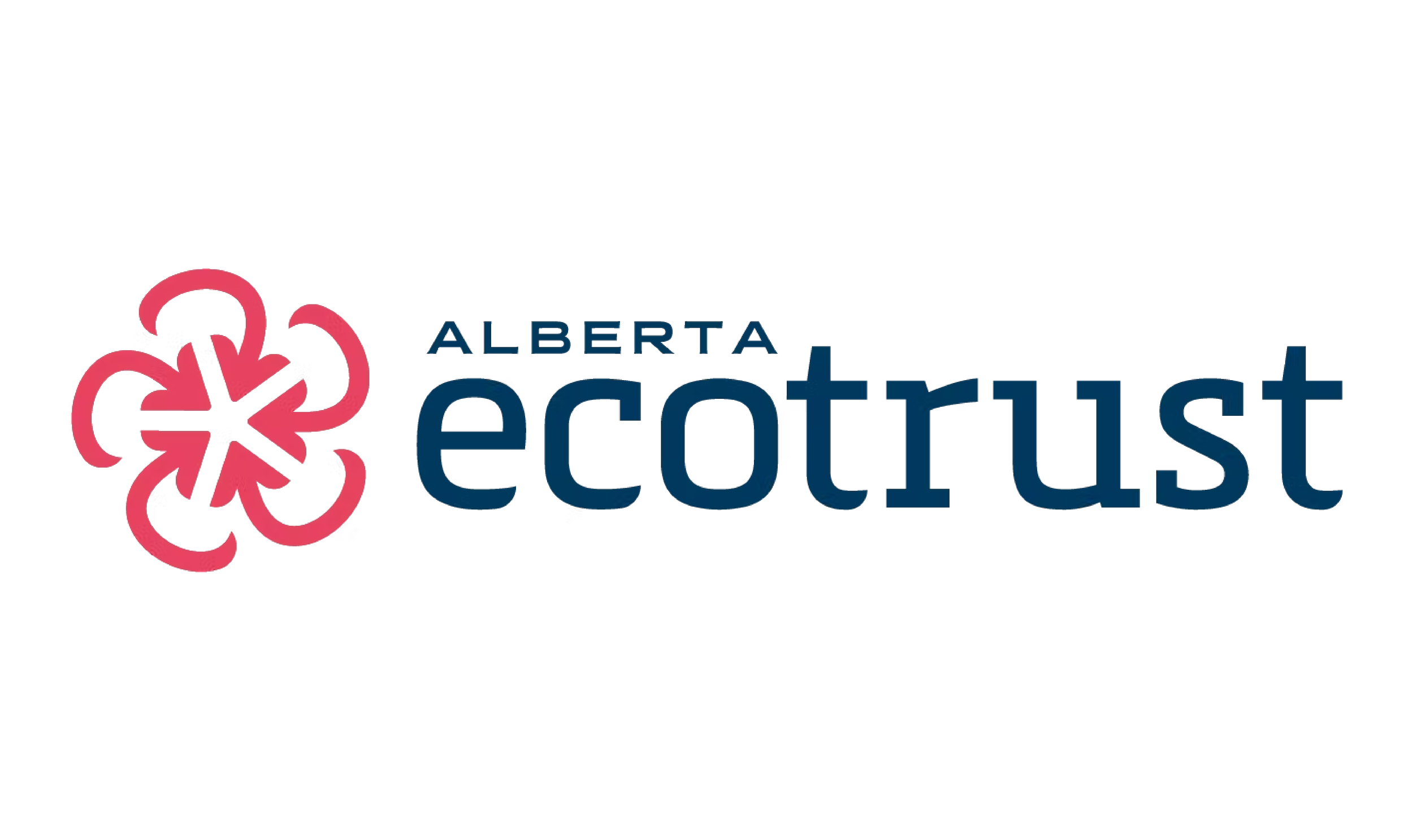OVERVIEW
The Headwaters Action Plan is the community’s plan to maintain and protect the integrity of the Oldman headwaters and source waters.
In 2012-13 the OWC began work on the second action plan of the Oldman Integrated Watershed Management Plan to manage and protect the integrity of headwaters and source waters.
The aim of the Headwaters Action Plan is to initiate collaborative stewardship work that will address key issues to headwater health—over time, and within the capacity of participating stakeholders and the watershed community. Three key objectives provide guidance for the action plan:
Identify and understand the hydrologically significant areas in the headwaters.
Identify, mitigate and prevent threats to headwaters and source waters.
Define the kinds and intensity of land use activities as they relate to source water and headwater significant areas.
The headwaters of the Oldman River watershed run east from the Rocky Mountains of southwest Alberta to join the South Saskatchewan River and eventually, Hudson Bay. The headwaters receive the greatest accumulation of snow and rain in the Oldman watershed allowing it to provide 90% of the water that feeds our streams, lakes, and groundwater! Although the headwaters region is approximately 25km wide and makes up only 24% of the Oldman watershed, the health of the headwaters is essential to the health of the entire watershed.
An important water tower for southern Alberta, the Oldman watershed is also home to many species of fish and wildlife, including species at risk, such as bull trout, westslope cutthroat trout, and grizzly bear.
Indigenous people have hunted and gathered in the headwaters region for millennia, and it continues to be a source of great spiritual meaning in their culture.
The headwaters also provide recreational opportunities in beautiful landscapes as well as economic benefits through agriculture (ranching), tourism, recreation, forestry, and mining. With these recreational activities come certain pressures and cumulative effects.
WHAT'S BEING DONE
The Headwaters Action Team (HAT) is made up of key stakeholders representing organizations, municipalities, industry, land owners, gazing associations, and government that have a direct interest in the headwaters of the Oldman watershed. Through the HAT, the Headwaters Action Plan (HAP) and the HAP’s Five Priority Actions are implemented at the stakeholder level.
Priority Action 1: Complete a Classification of Linear Features was attained with the completion of the Dutch Creek Linear Features Classification Project, a key early initiative in the Headwaters Action Plan. The Dutch Creek Pilot Project was a demonstration initiative to plan, implement and evaluate progress on selected priority actions of the Headwaters Action Plan. The project fills a need for public understanding of cumulative impacts on the headwaters and the management actions that are needed to effectively address them.
The Headwaters Action Team used an iterative process of adaptive management, working with multiple sectors and the public to develop an implementation template that can be applied to other sub-watersheds. The long-term goal is to create broader public and stakeholder understanding and a tested path of scientific assessment, sector and public engagement, and action to achieve watershed health across the Oldman Headwaters region.
The OWC has actively continued its commitment to this classification of linear features priority in the form of an advisory role to the Government of Alberta. In 2016-17, the OWC actively participated in the GoA process of developing a Land Footprint Management Plan (LFMP) for Livingstone and the Porcupine Hills and Recreation Management Plans (RMP) for each area individually.
Priority Action 2: Complete a fine-scale cumulative effects assessment of fish populations and habitat streams was another focus in the 2016-17 year. The Headwaters Action Teamed worked with the Alberta Conservation Association (ACA) to study 18 watersheds in the headwaters of the Oldman. ACA has been documenting the effects stream sedimentation has on Westslope Cutthroat Trout.
Trout Unlimited Oldman River Chapter Society supported assessments in 2016 on Chipman Creek and Little Crooked Creek for the potential reintroduction of native fish in those water bodies. It was found that both creeks showed potential for re-introduction of WSCT and Chipman also showed potential for Bull Trout. The Government of Alberta has also conducted research to collect data in order to determine the current status of fish in the headwaters.
The GoA was also faced with the devastation of Whirling Disease first being detected in 2016 in Johnson Lake in Banff National Park. In 2017, the Canadian Food Inspection Agency (CFIA) declared the Oldman River watershed infected with whirling disease. Whirling disease is caused by Myxobolus cerebralis, a microscopic parasite of salmonid fish. Species such as rainbow trout, cutthroat trout, and whitefish are particularly susceptible and efforts will continue to be made to bring about awareness of the disease in order to stop the spread.
Priority Action 3: Assist Environment and Parks with the awareness and education program for stakeholders and the public on how to prevent aquatic invasive species from entering Alberta. To protect against infestation, Alberta Environment and Parks have been monitoring 60 high-priority water bodies in the province with the awareness and education program Stop Aquatic Hitchhikers. The program has added additional watercraft inspection stations which will also operate with increased hours. The Headwaters Action Team has been supporting an expansion of the program and supports the GoA in their commitment and efforts to keep invasive species out of our waters.
Priority Action 4: Explore options for recreational user fees to fund enforcement, education, and stewardship projects. The OWC has been working with another group of stakeholders, the Recreation Advisory Committee (RAC). The RAC is made up of representatives from the motorized recreation community who are looking to improve the current status of motorized recreation in Alberta by advocating for user fees, increased enforcement, properly managed and constructed trail systems, and further education on proper riding. The RAC is also helping to inform the OWC’s Engaging Recreationists Program.
Priority Action 5: Education and Awareness. In addition to the four specific Priority Actions, the fifth is more general and all-encompassing. This Priority Action has the key focus of educating the public and improving riparian health in the headwaters.
OWC supports the assessment of riparian zones in forested, public lands of the Bow and Oldman watersheds. This helps prioritize areas for rehabilitation actions while also increasing the public and stakeholder awareness of riparian conditions in the forested areas of the headwaters.











